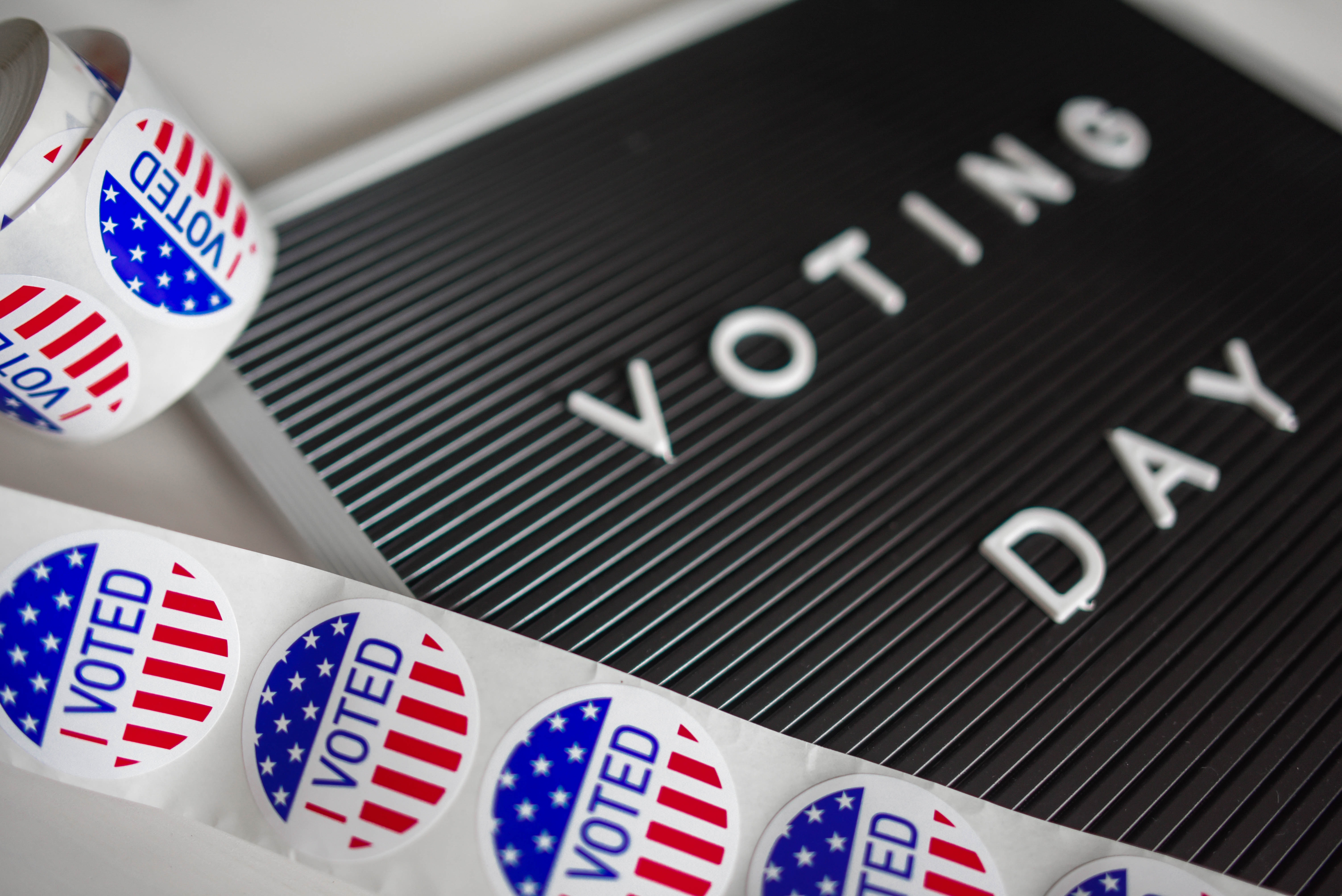
November 5 was essentially the end of the 2019 election season in the US, an off-year vote that, nonetheless, saw some very notable races.
But the season will perhaps be remembered more for the changes to voting processes than for changes to political officeholders.
In states across the country, paper took a more prominent role in the process. Counties nationwide switched to either hand-marked paper ballots that, in most cases, were fed into electronic scanners, or they switched to automated election equipment that produced an auditable paper trail. While there is no consensus opinion on the best process, one thing is for sure: the less automated the process, the slower the election operations and publishing of results.
In York County, Pennsylvania, ballots were printed on the wrong size paper. The votes not scanned by the automated system had to be counted by hand, a slow and arduous process even for an off-year election.
At the last minute, Texas’ secretary of state prevented jurisdictions from transmitting results electronically from polling places. Local officials instead were directed to physically carry ballot boxes to a central counting location. Counties such as Harris, which includes Houston and its suburbs, were delayed in publishing results by up to 12 hours.
In Frederick County, Virginia, a shortage of paper ballots led to long lines at polling places throughout the county. Although the polls officially closed at 7 p.m., two precincts did not finish voting until about 10:30 p.m. While most of the voters opted to wait in line, some left the polls without voting at all.
In Prince William County, Virginia, several hundred ballots were misprinted, containing only one side of what was supposed to be a two-sided paper ballot. It’s unclear how many voters were turned away due to the ballot shortage this created or whether any voters unknowingly cast their votes on the defective ballots.
In Greenwich, Connecticut, some polling places saw pens used to fill out hand-marked paper ballots running out of ink around midday. The town had to scramble its forces to deliver replacement pens.
While a pen problem hardly compares to election fraud, the point is that elections are complex processes under the best of circumstances. Paper ballots provide zero flexibility to election officials should something go wrong. Running an efficient polling place ensures every voter has their opportunity to participate in democracy. Publishing results in a timely manner increases transparency and reduces fraud claims.
Automated election equipment can help states achieve these goals. For example, ballot marking devices (BMD) with touchscreens can immediately tell voters if they’ve selected too many or too few candidates before the machine prints their auditable paper ballot. The voter can make a quick correction, ensuring their vote is counted without causing others to wait at the polling station.
With a hand-marked paper ballot, the voter must leave the voting booth, ask for their mismarked ballot to spoiled by a poll worker, obtain a new paper ballot and start the whole voting process over again. This can increase wait times and frustrate voters.
We’ve entrusted America’s most critical processes to technology—banking, aviation, nuclear energy and medical treatment—to name just a few. Doing so has made America a leader in countless categories and made its economy the largest in the world. Moving elections to modern, encrypted systems with paper audit trails will make it function faster, easier and more accurately. It will put the country’s elections on par with its other successful models.